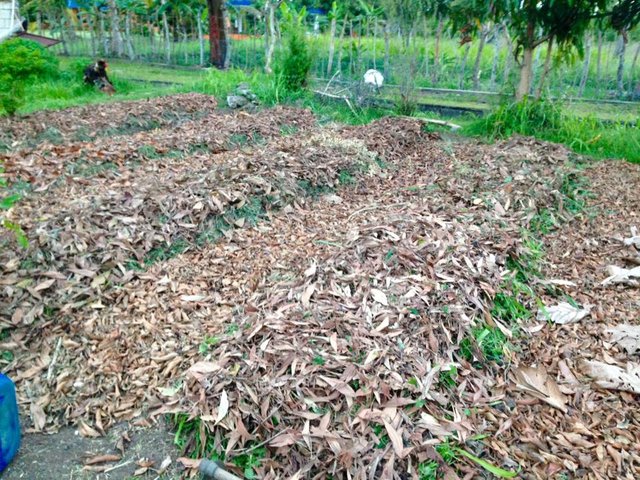Only Fools Rush In – The Site-Specifics of Sheet Mulching

Why is Compost so Damn Good?
What in the Heavens is Sheet Mulching?
So Where Did I Go Wrong?



What I Learned
If you'd like to support me a little more, please sponsor me at my Patreon.
If you are in need of permaculture consultation services, I am available to collaborate. For remote work, I tend to focus my services toward investor applications, site coordination, marketing and business strategy, and people systems.
Please visit my website or email me at [email protected]
I will only post original contents (not counting graphics or external links) on steemit or busy only.I will clearly and properly source references, text and other media, abiding by copy rights.
I will respect other people's opinion, nationality, religious belief, language, and culture.
I will abide by rules laid out in the FAQ and generally accepted by the community.
I will not self vote nor bot vote posts with #ccc (excluding @steembasicincome and @dustsweeper and bot votes not paid by blogger)
I will not use alternate accounts to hide self voting
I will only use this tag, #ccc, once per 24-hour period or agree to be disqualified.
Hello @permieemmy 🤗 have you ever know about Steempress, yet? I think you should learn about it.. Cheetah is coming after you, though it is your own post from your blog. That's not a good sign if they come.
Anyway, I agree with you about the "site spesific", yes.. There's no general application for all types of sites. Every site has its own spesific and best practices based on its natural support, IMHO.
Thanks for sharing this with us, I am not a farmer nor specialist, I have a small experience with my home yard plant's
Hi @dipoabasch what is Steempress and what is Cheetah? I'm kind of new and it's all confusing! Thanks for giving my post a read and a farmer is a farmer, no matter the size of the plants!
Here is the link about steemppress, you can connect your blog to steemit and get vote from both of it.
Cheetah? Don't you read anything at the welcome note of Steemit? When cheetah add its comments on your post, it means your post is something like a plagiarism work, even though it's all yours. If they keep coming and vote you, you'll find it difficult to grow, because they'll put your name in the blacklisted account.
But I hope you won't 😁. You see its coming to this post right? Most of those the powerful voters will avoid to vote any posts that cheetah already there. It's systematic.
Thanks so much for the help there. That's super interesting and I guess I missed that. Thanks for your help!
You are very welcome @permieemmy... I hope that @freedomshift will not disqualified you from ccc, because of the cheetah
Hey @permieemmy cheetah is a bot that registers similarities in work to help stop plagiarism. Sometimes of course it can’t know it was the persons blog they are just reposting. Some people fix this by putting a link to their original blog posting, but some just contact cheetah and get put on what they call a white list, so they have verified its you. The blogger still has to link to the original post though normally. You can contact them here. https://discord.gg/dVtuRz
I love your writing and thought it was really wonderful to hear your personal experience with this method. I hope to see more in the future!
Haha love it. I have seen sheet mulching before on steemit but never really stop to read about it until now. We mulch amd use compost but i am keen to try this especially in the summer when the soil gets baked. I will start to research now.. thanks for planting the seed 💚
Keep in mind too that on first go, it can increase pests. Sheet mulch gives them a great home, especially slugs and voles, which SUCKS. However, it's because you're starting that succession from the base so in doing that, it will attract their predators but it could take time. I miss coffee ground and diatomaceous earth in with it too now and that really helps with those little critters. :)
Hm yes that was my big worry. I was thinking that if you allowed a big ring around the plants and sprinkled with coffee or dichomtamepus earth maybe.